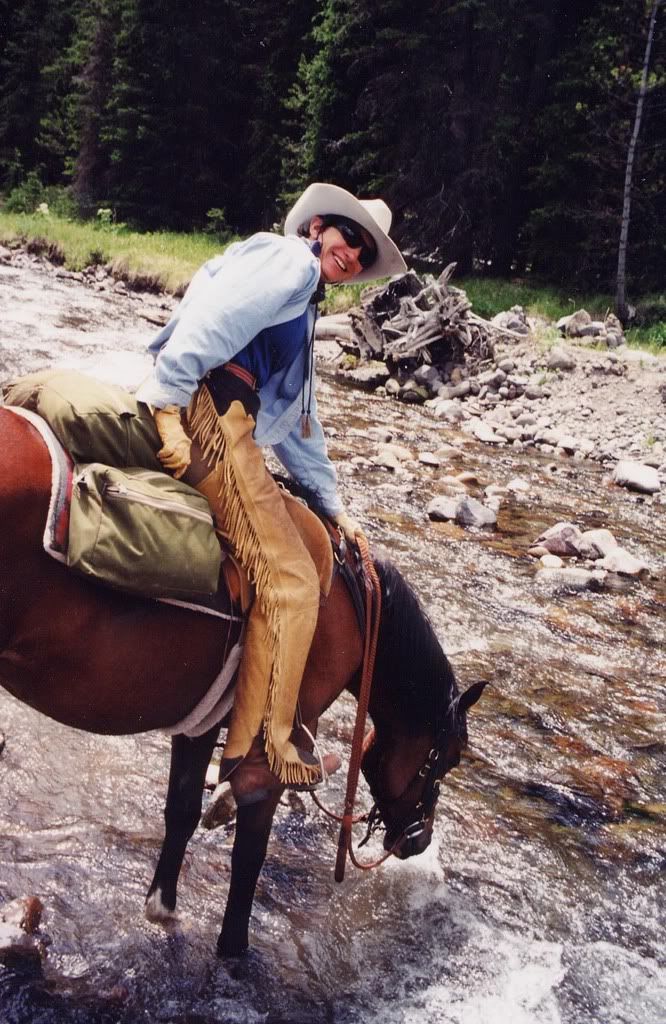Change is neither simple nor easy. In the past six months, I slipped below the surface of my own life, and probed into the same dark, messy questions over and over again. The answers never seemed right. Too selfish. Or too silly. Too impractical, or too monumental.
In other words, I judged everything before it was even fully conceived, much less running. This isn’t the way to You 2.0. This isn’t exploring: it’s chaining your legs together before you take your first step.
Along the way, I had to take a break from You 2.0 and focus on my new marriage. Living with people, especially after 30 years of solitude, is a challenge in and of itself. So my personal growth and change needs gave way to those of my new family. That’s love for you.
It hasn’t been an easy path. But this morning, my head popped into the light, and I came out of the ground. I stood on my own two feet, and tottered a bit, ready to learn to walk.
(I wonder if it’s a coincidence that I also began meditating again two days ago. Pesky Buddhism.)
But here’s the real deal: judging yourself and your ideas before you actually do anything is not only indulging in your parents’ well-intended but misguided admonitions, it’s hobbling your legs together because you don’t think you and your ideas are good enough. So ok, my daily mantra is: no judgment. Think of this process as a brainstorming session that will last a couple of years.
Next: The same passions kept running into my heart no matter how I phrased the question. After my (human and otherwise) family and friends, they are horses, art and sustainable living.
The Voice Of (Un)Reason: How the hell are you going to make a living out of that?
Oh I don’t know. That’s not the point today. The point is to act on what I love, as much as I can, whenever I can. The point is to learn to walk with these things. Sure, I have to make a living: that’s what my consulting business is for. But there are a lot more hours in the day than those I spend in the office.
And I might even learn to spend less time and energy at work. Take that, John Calvin!
Much as I didn’t want to admit it for “practical” reasons, my three passions just won’t go away. And no matter how I reproach myself about their usefulness, their practicability, their selfishness, they keep on prodding me forward. So I have to pay attention to them. Maybe that’s part of You 2.0, too – fight your leg chains (read: preconceptions and judgments) until you figure out that you can just step out of them.
Ideas gushed out of the part of me that’s been waiting for a commitment. Buy a horse to train and sell. Get my physics poetry book on the web. Research my 12-month greenhouse (in Wyoming, no less, but I think it’s doable – we have a lot of sun in the winter). Paint more horses, the subject I love most. Get my watercolors on the web, out there, for people to see, to see if I have anything useful to anyone else. Put insulation into the attic now! Find a tank so I can store biofuel at home. And as my husband and I plan our new kitchen to be done this winter, find sustainable materials and practices that will reduce our energy use and footprint on the land.
Here’s my outstanding question for today: not so much when, but which one first? And how? Should I put all of these webbable things here, in You 2.0? Or should I start other web sites and leave this for the change process itself?
I may experiment here, at first. But I’d love to hear what you think.
Because the other thing I’ve learned in the last six months is that no one is alone – and we can’t create anything – art, change, family, love – without everyone around us. Someone has to help us take the first step.
That’s what it takes to learn how to walk. Time for lots of running later.
*****
OK, OK, I can't wait: Here's my best watercolor so far, of my great horse. It's called DJ Running. Hope you like it.



